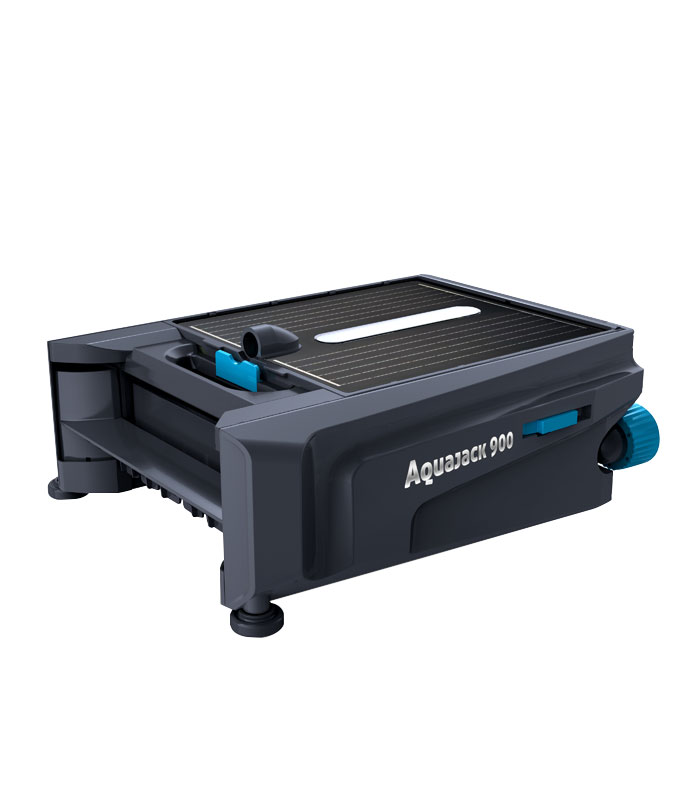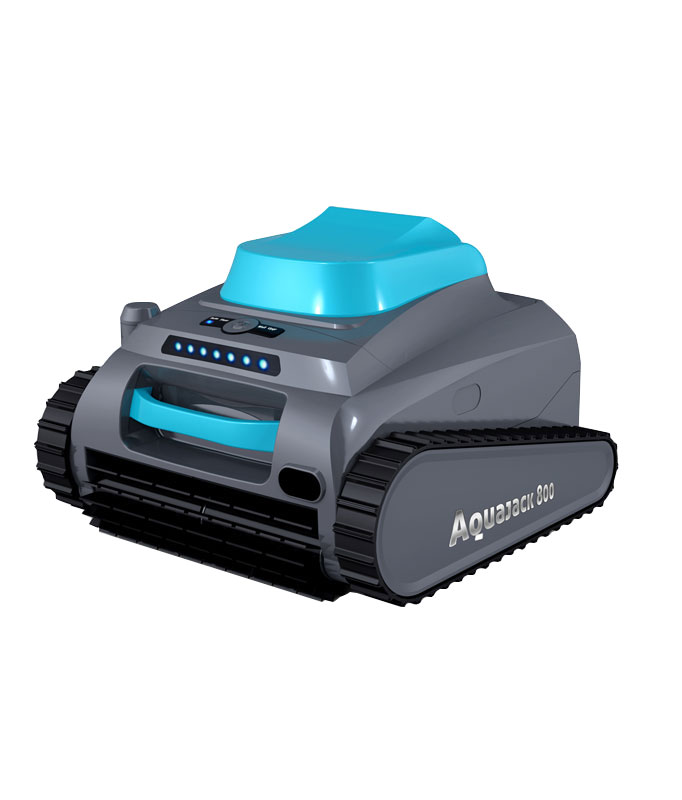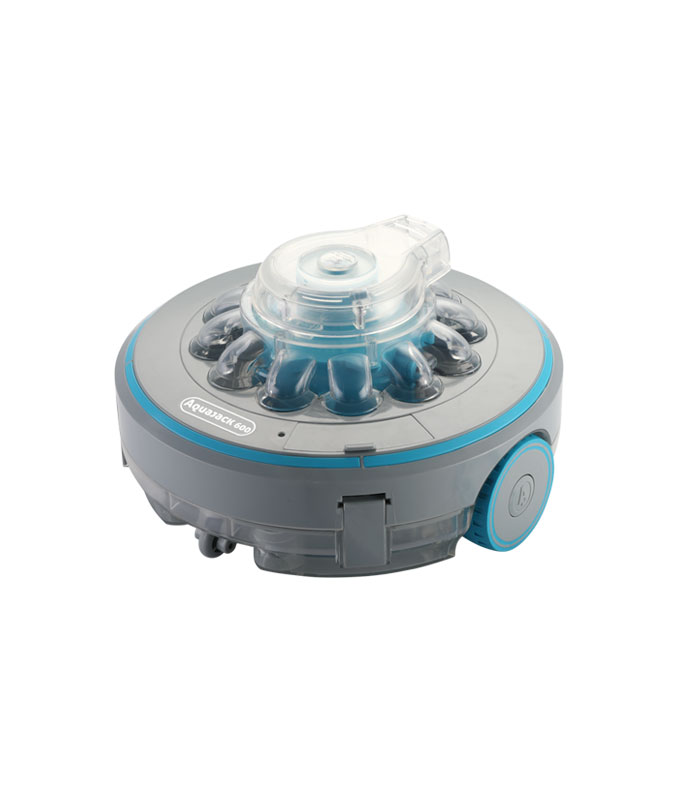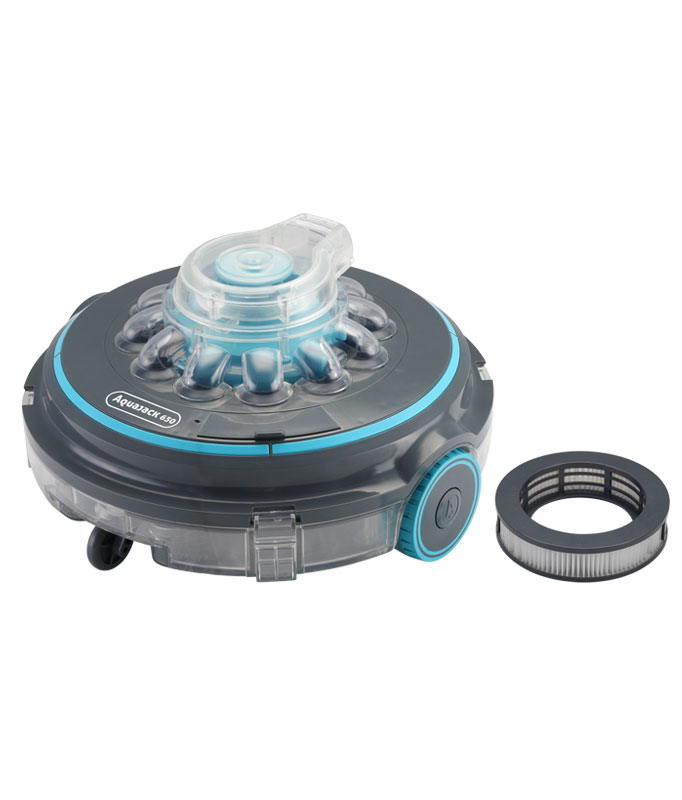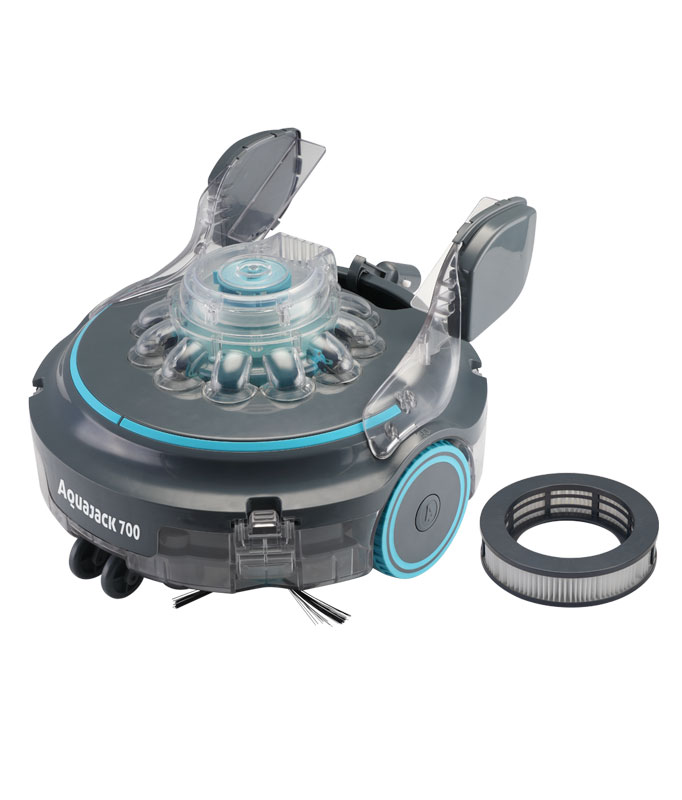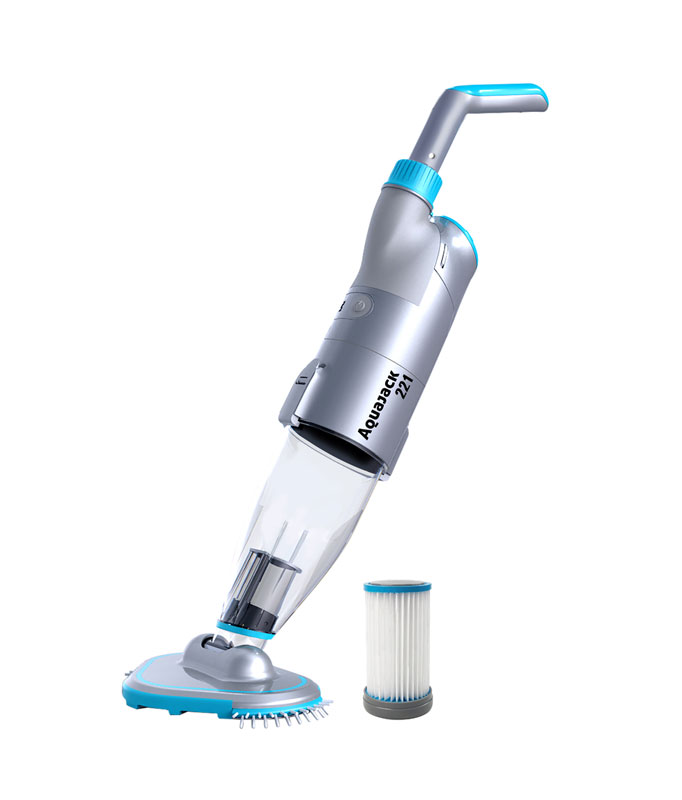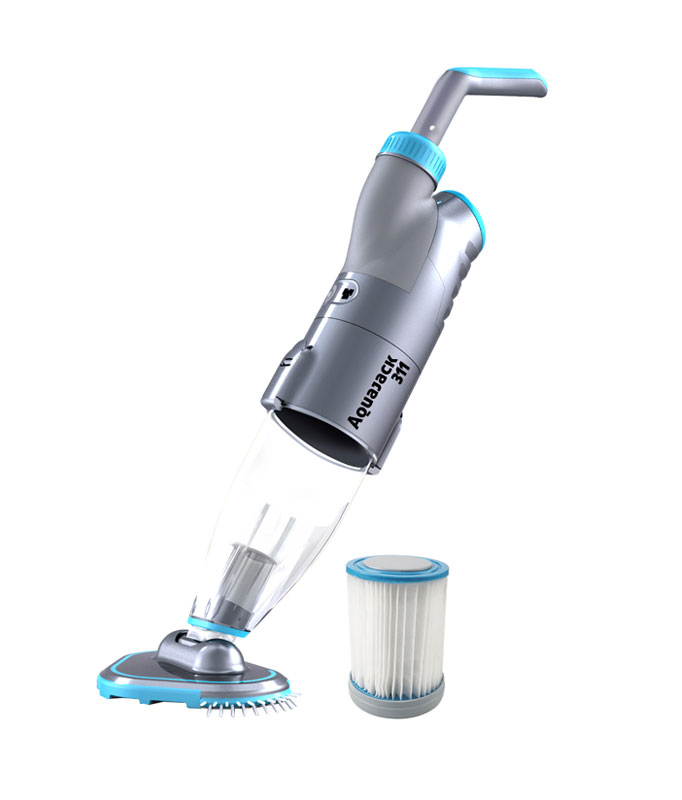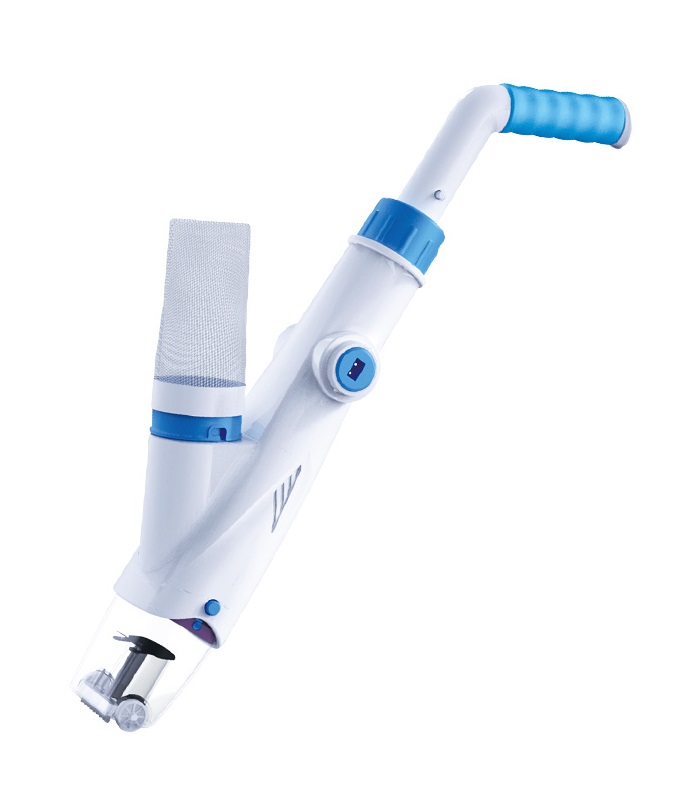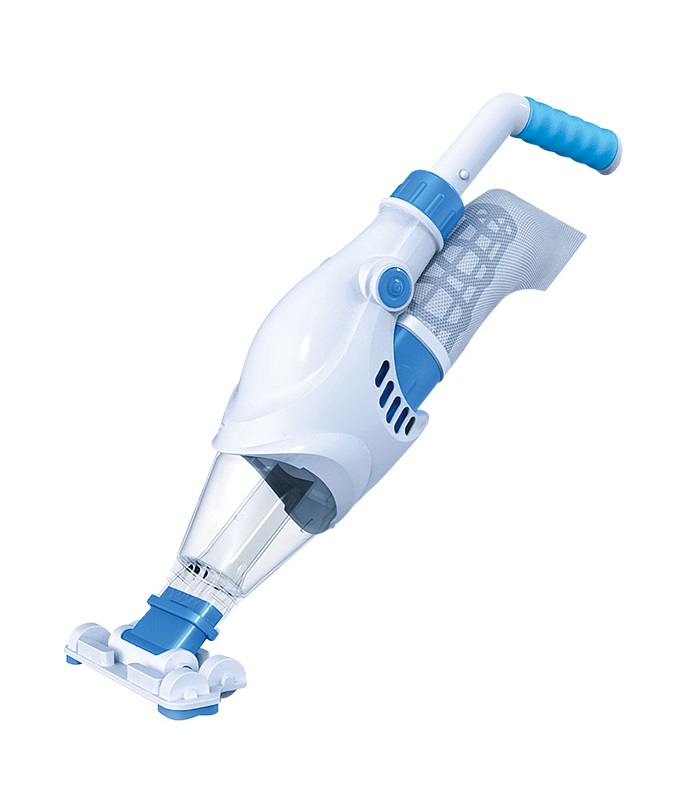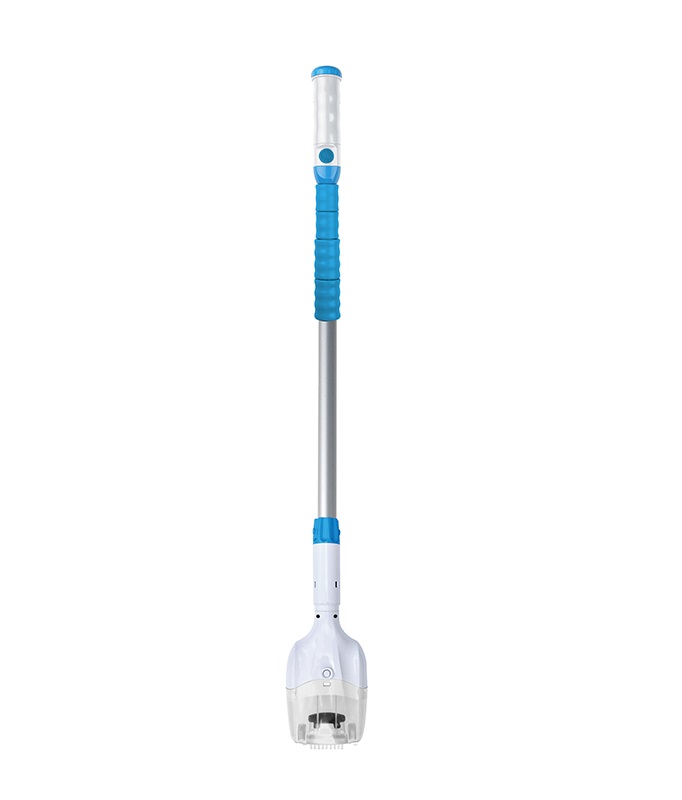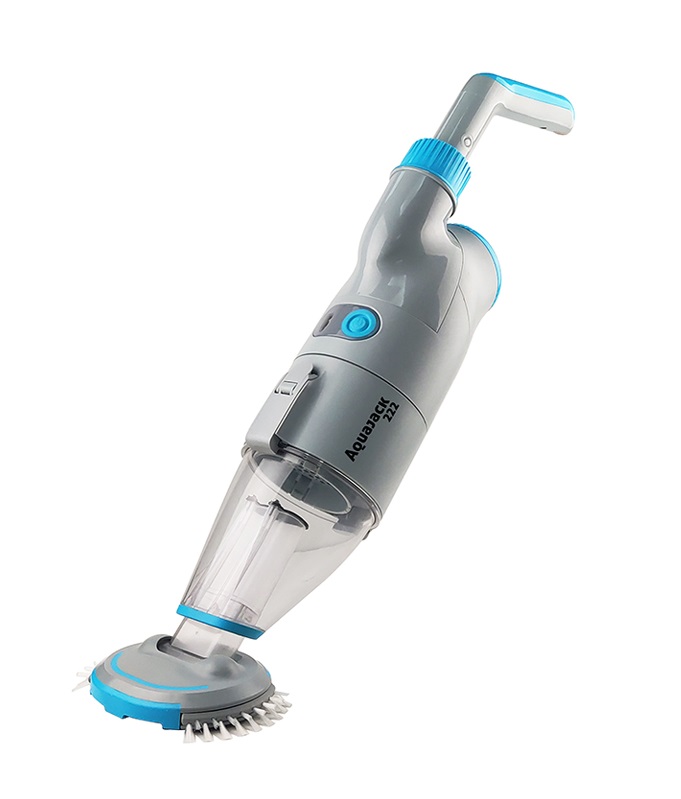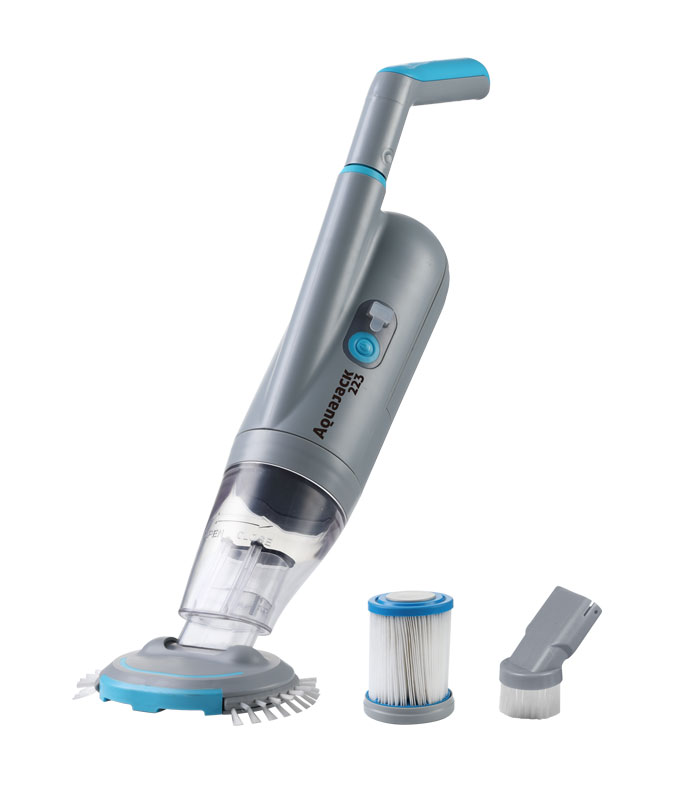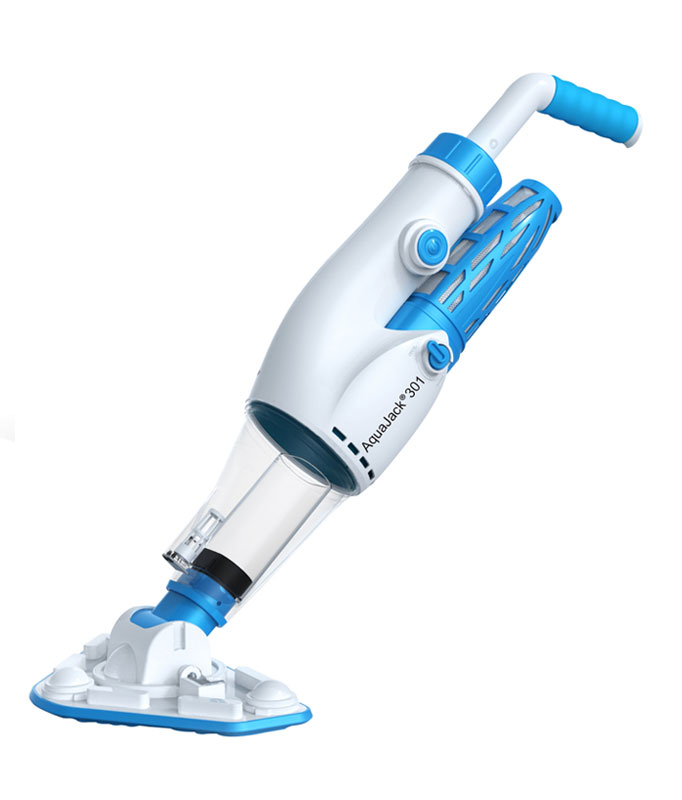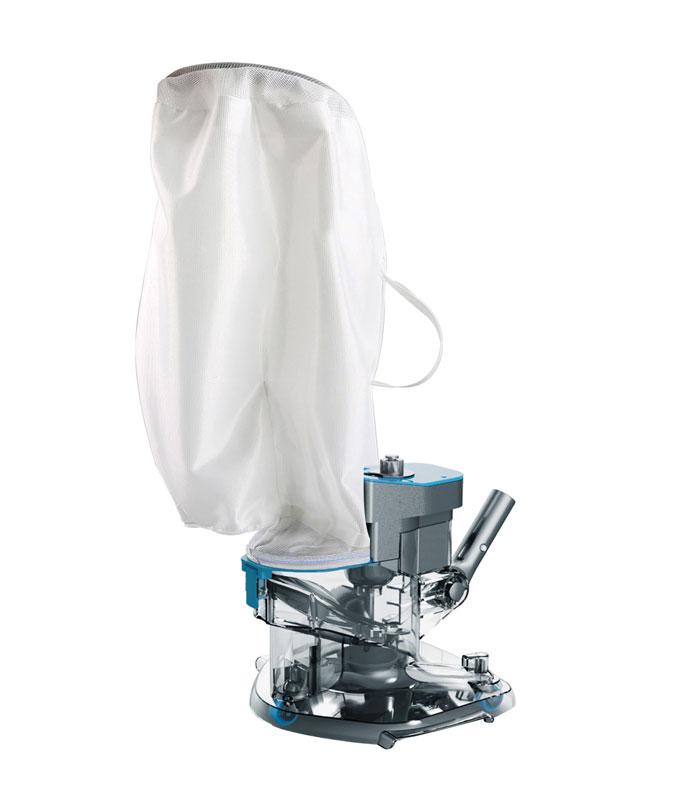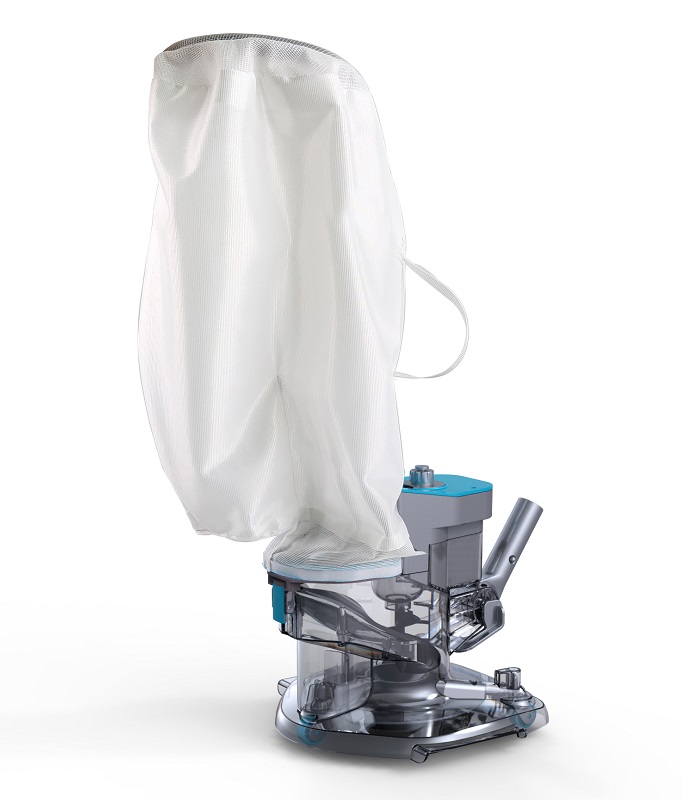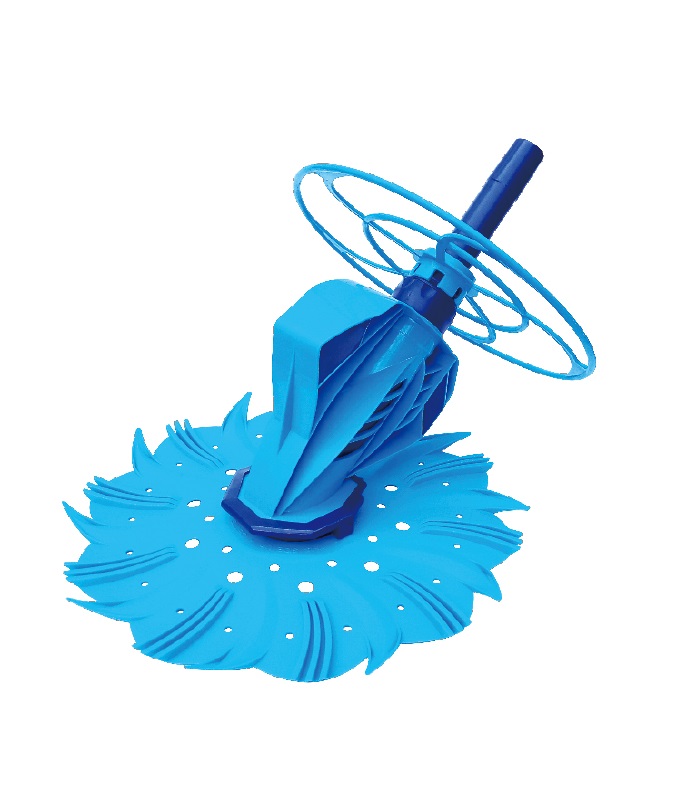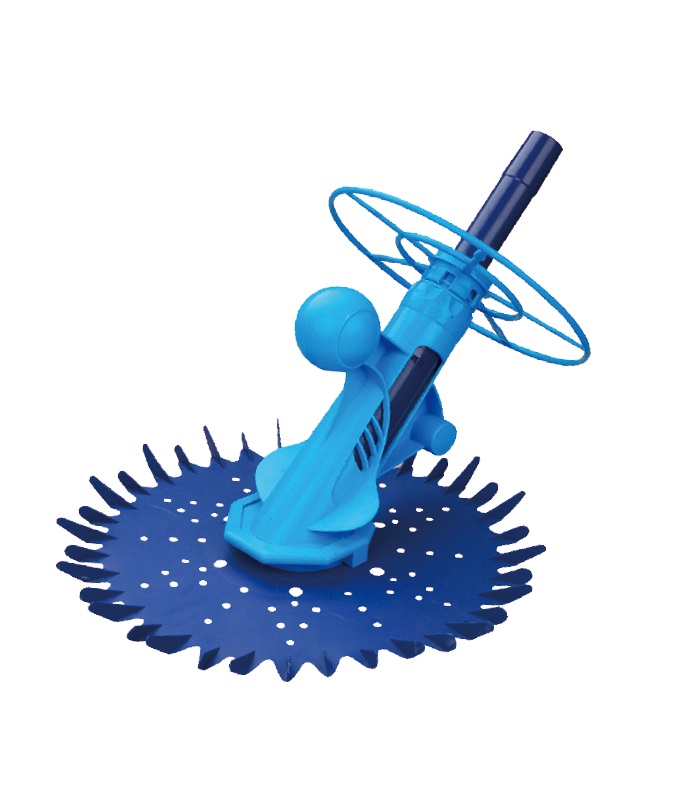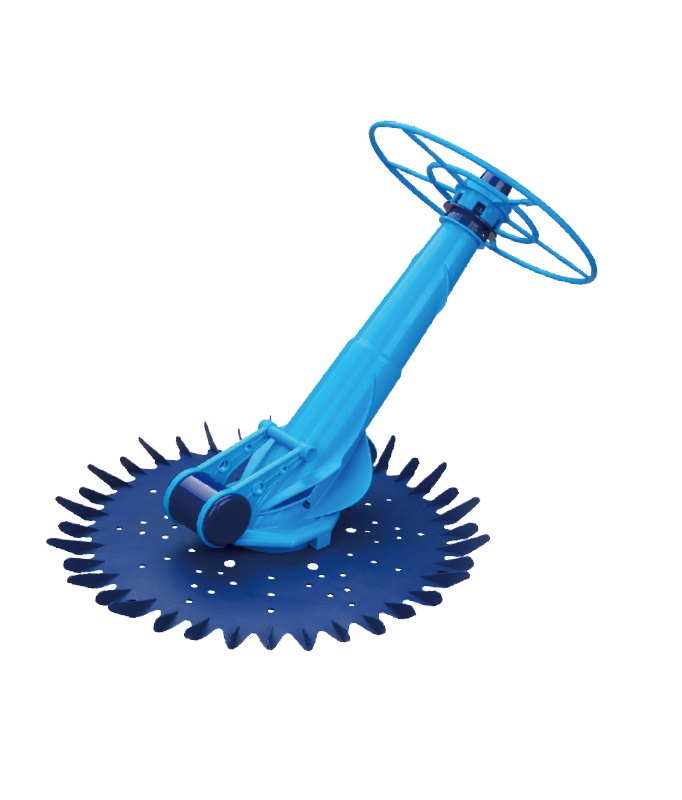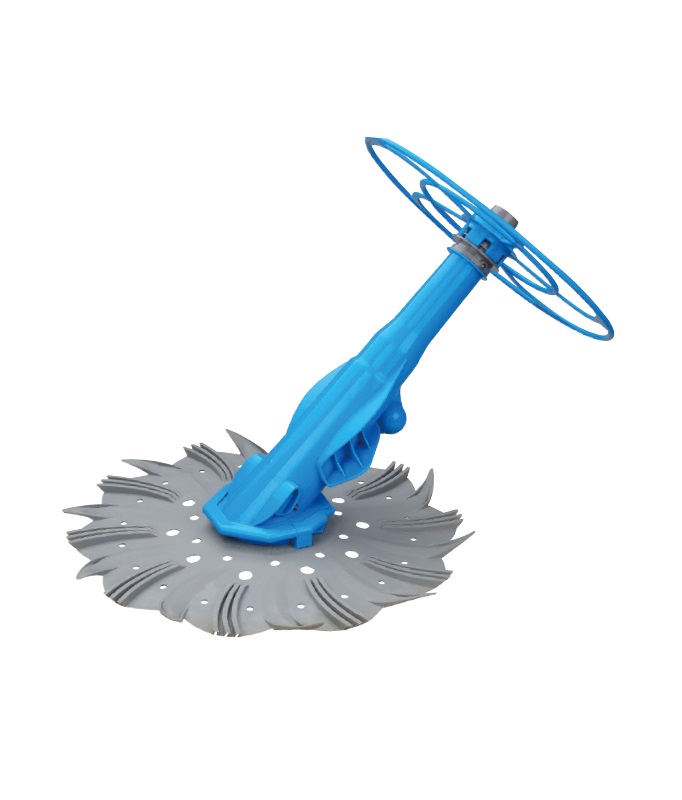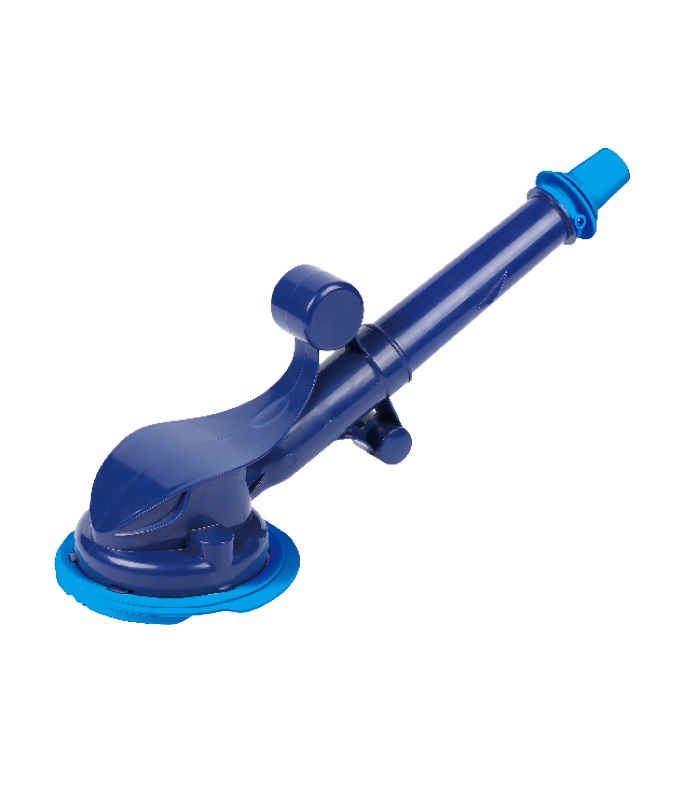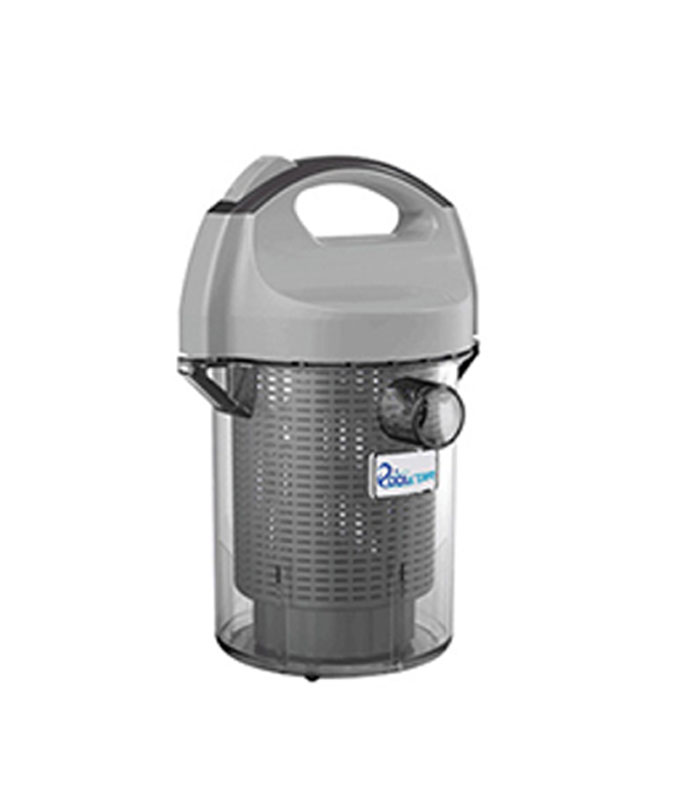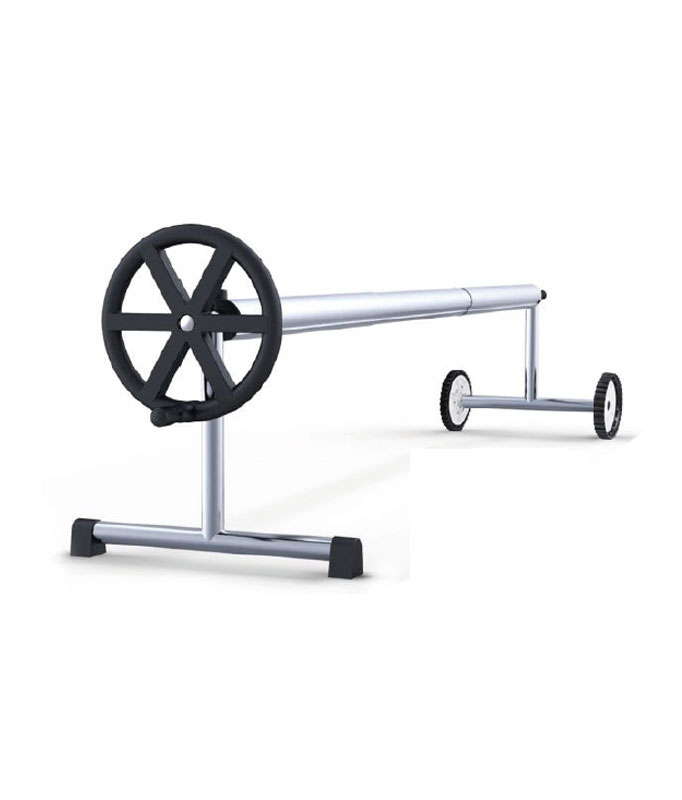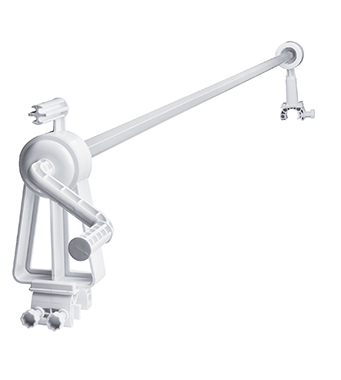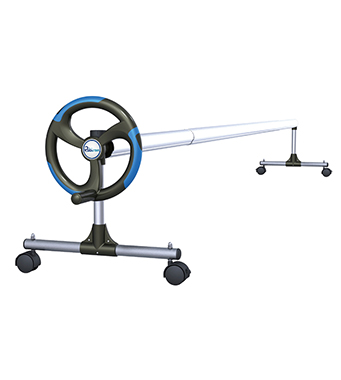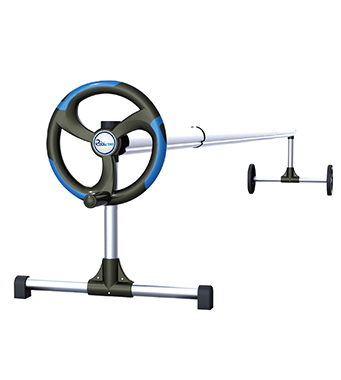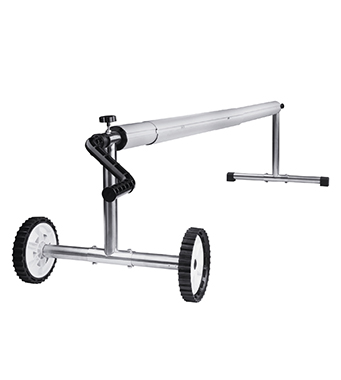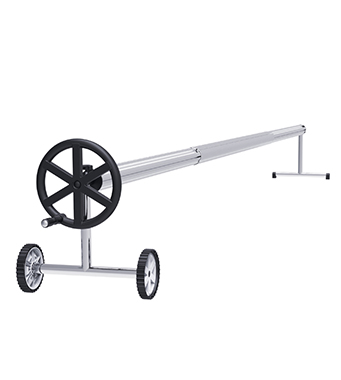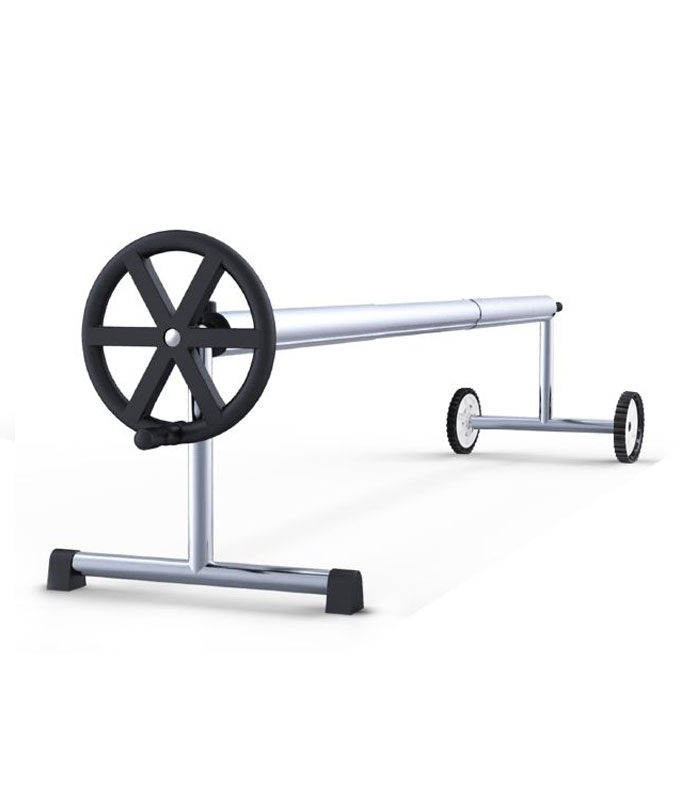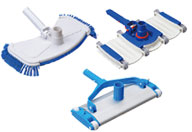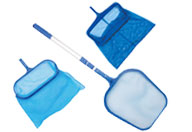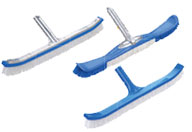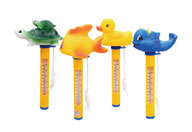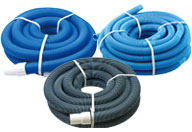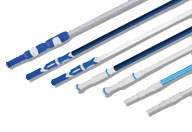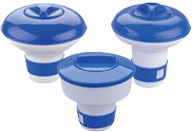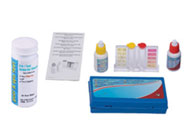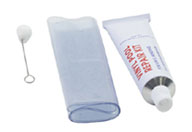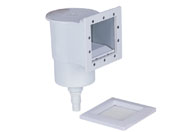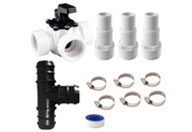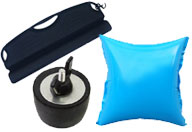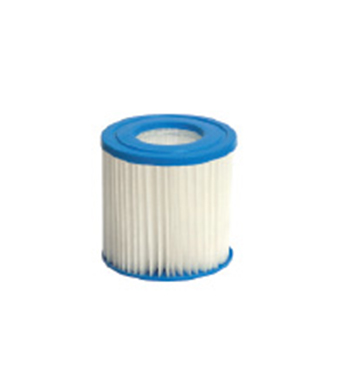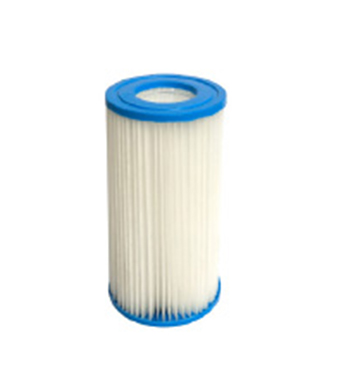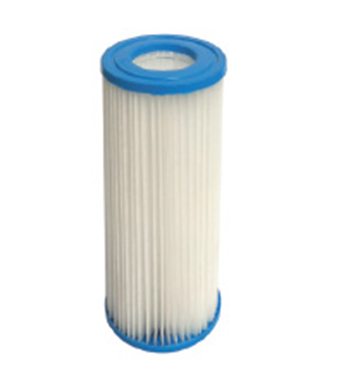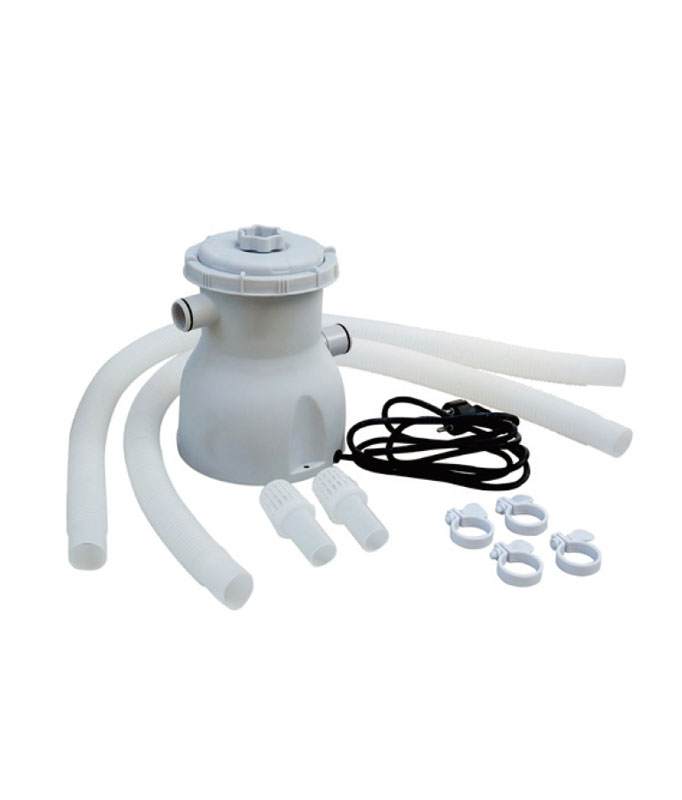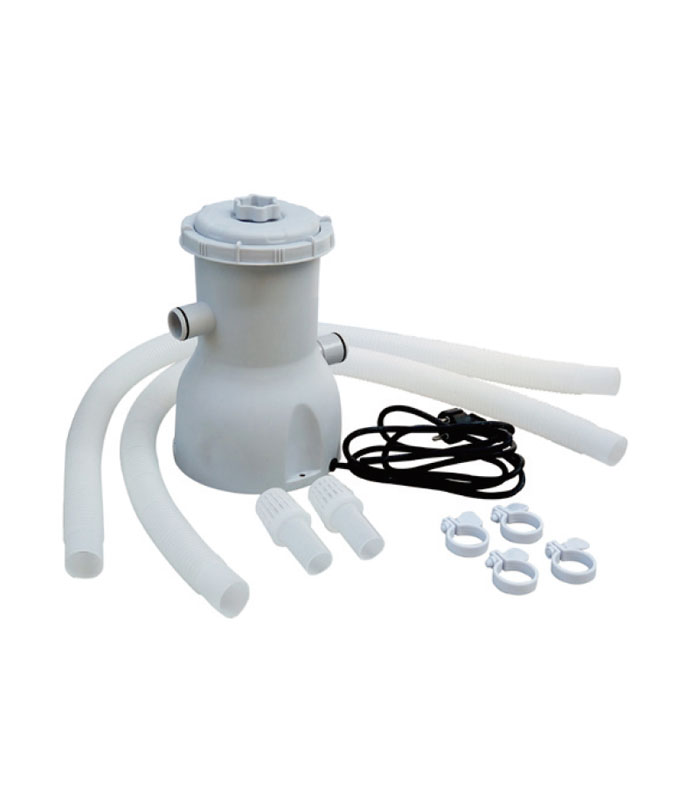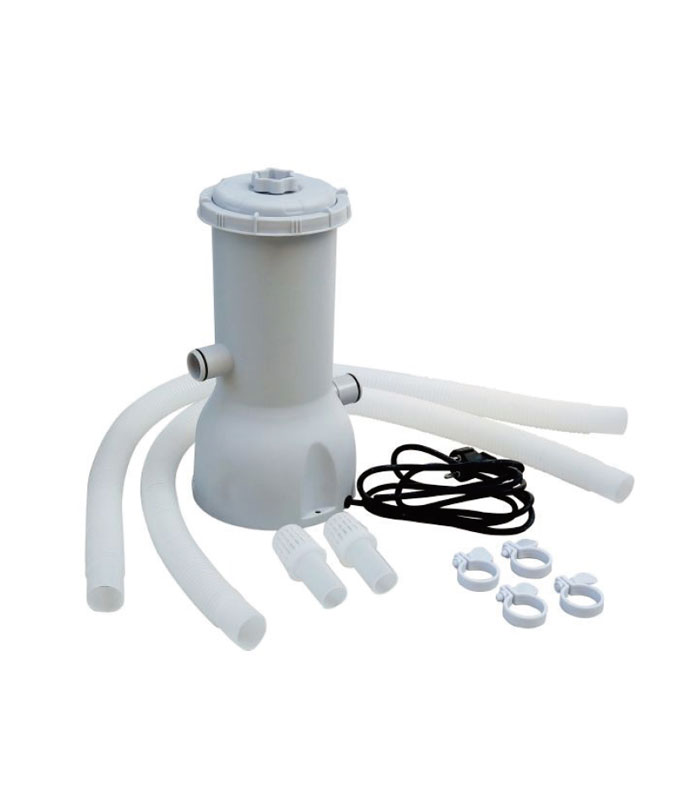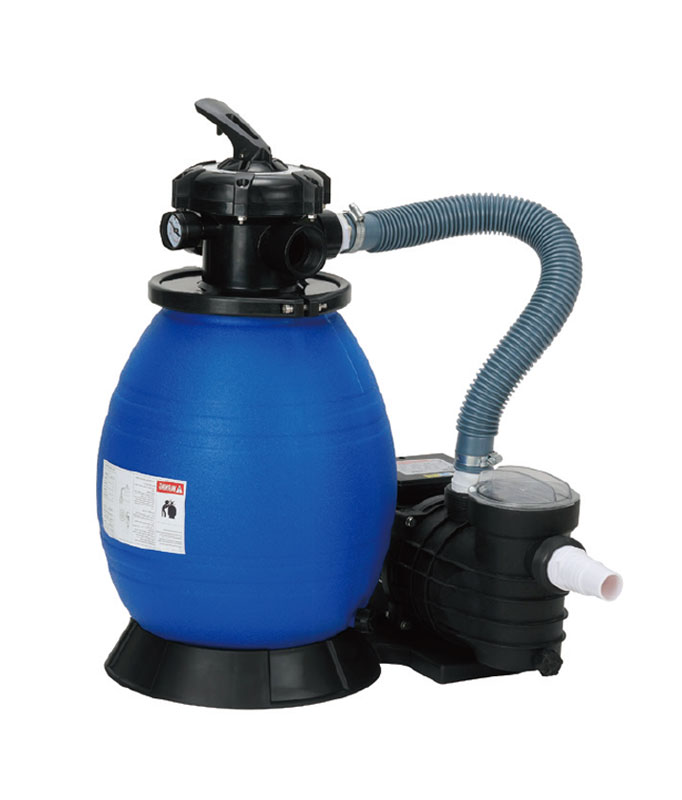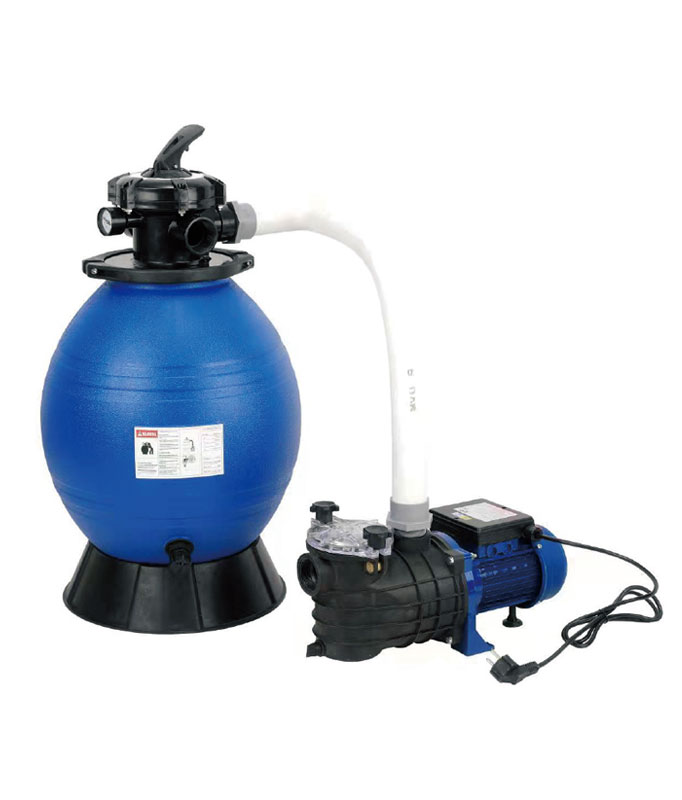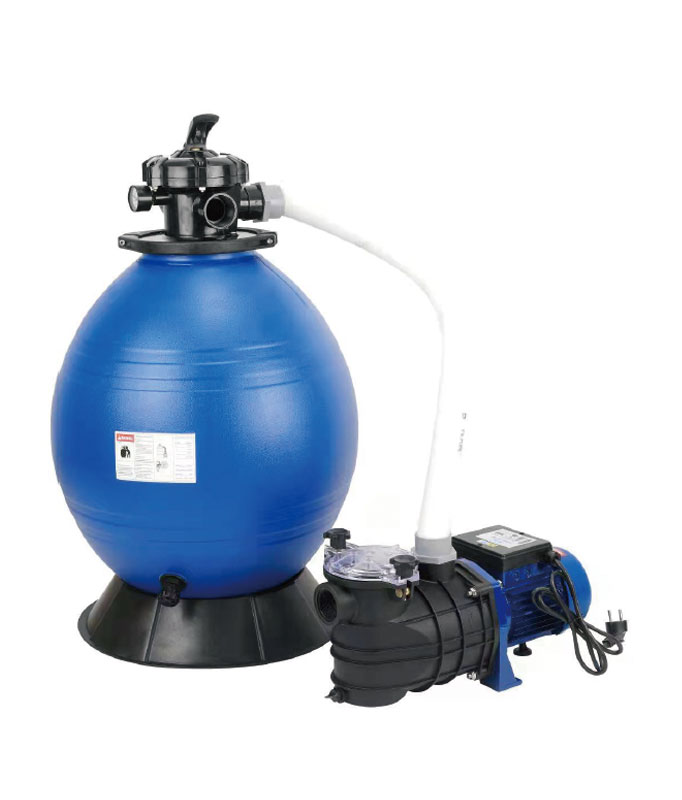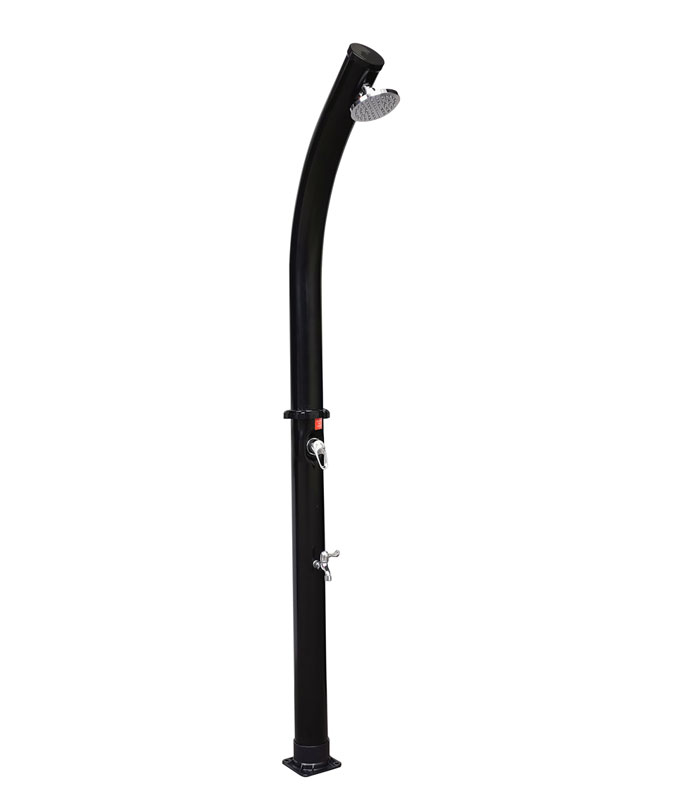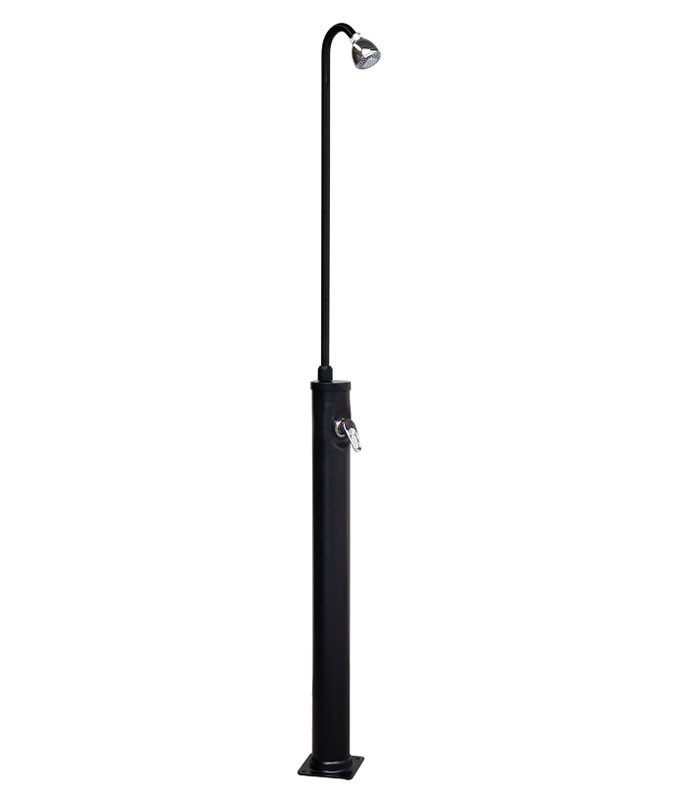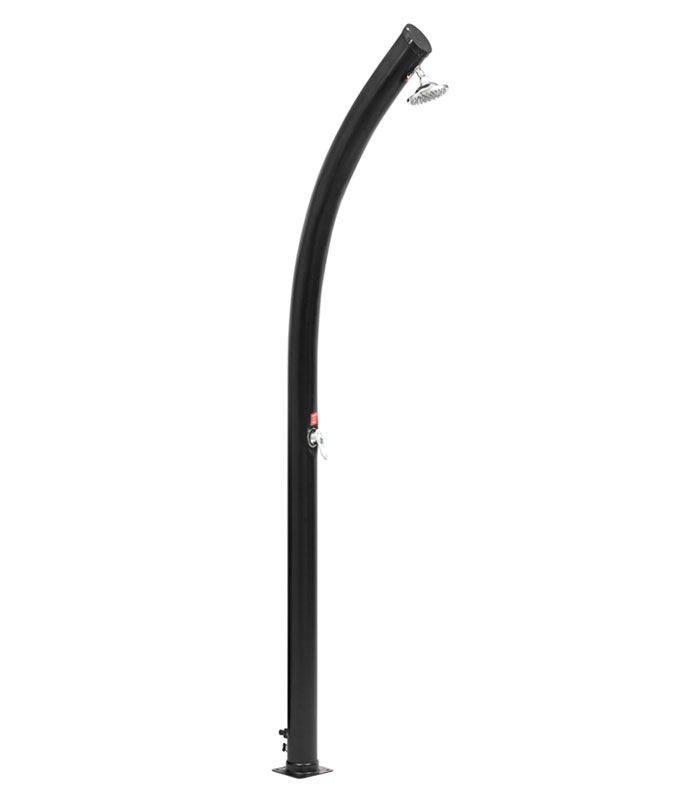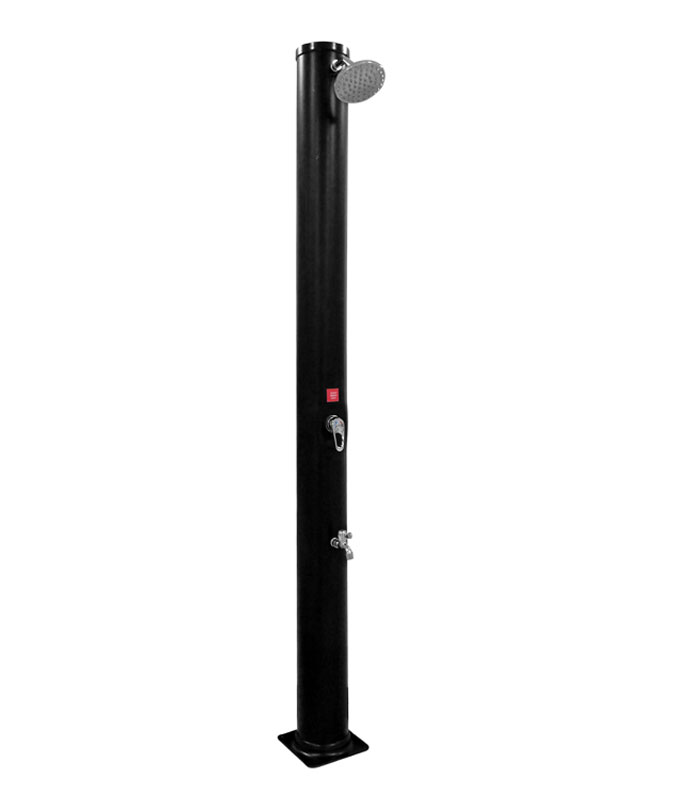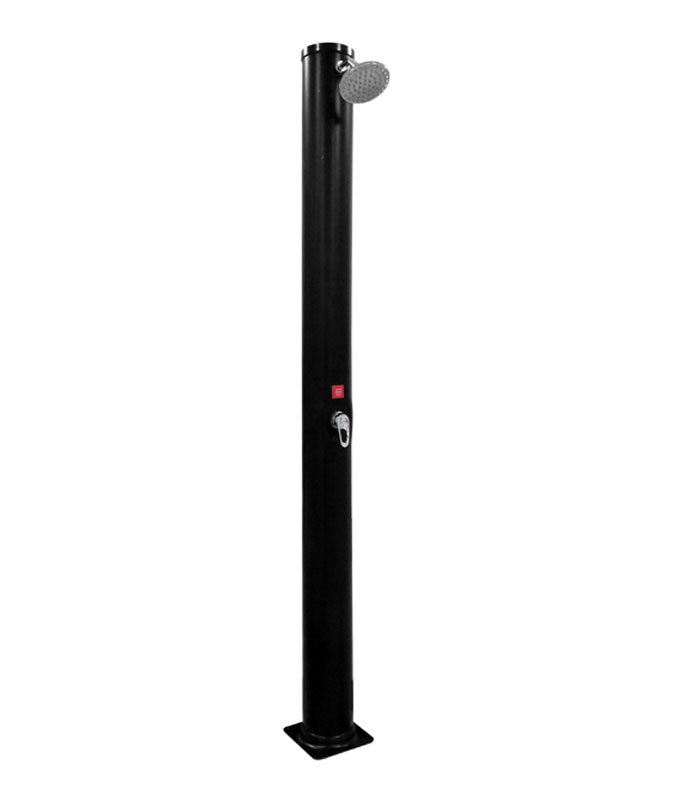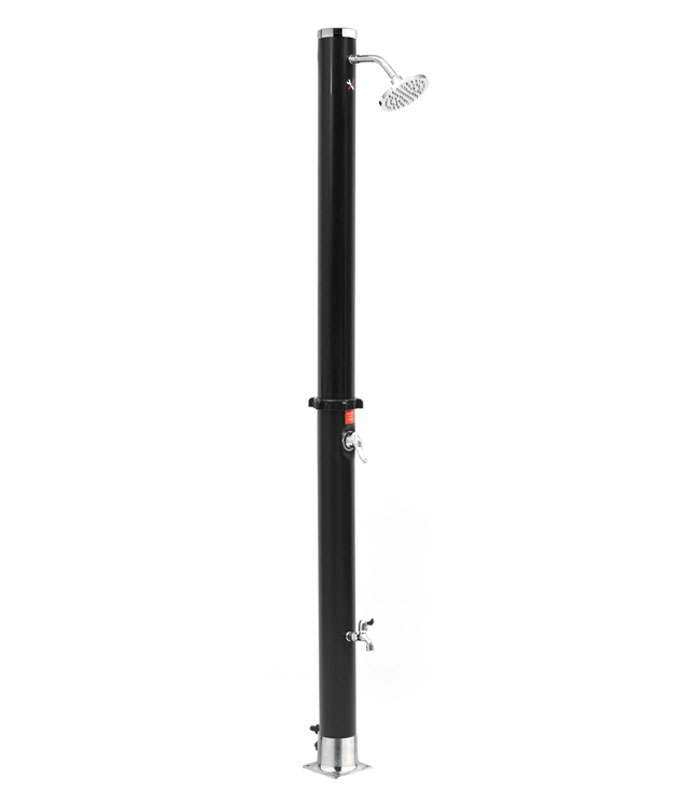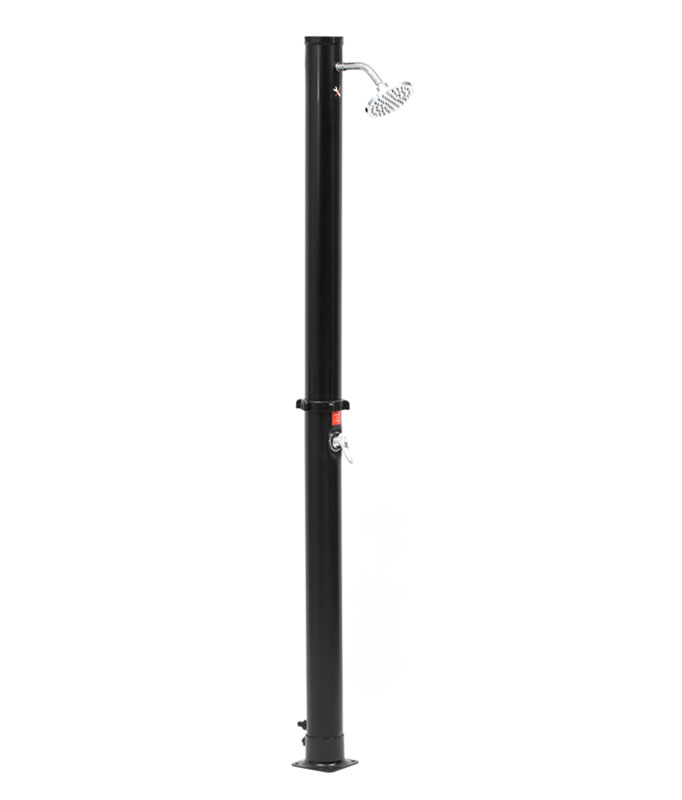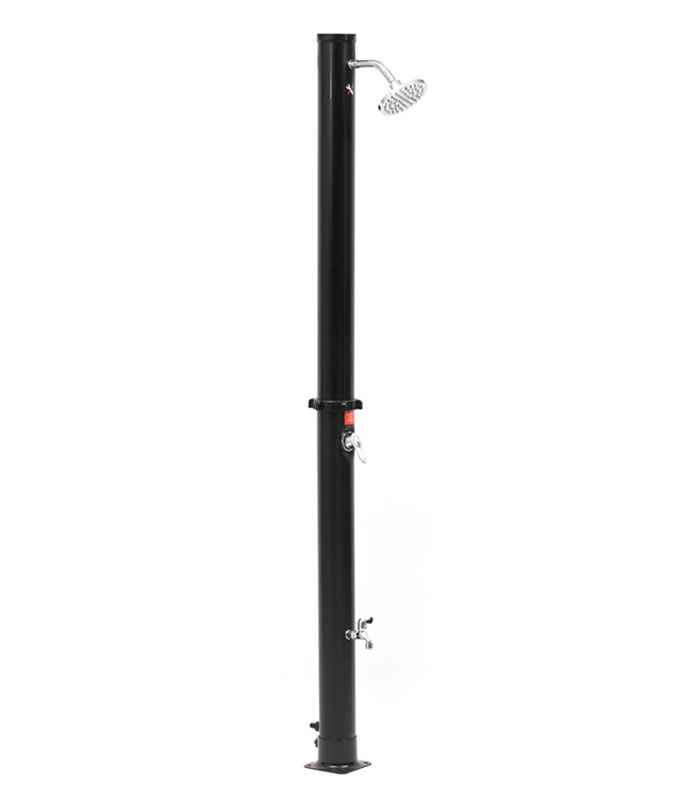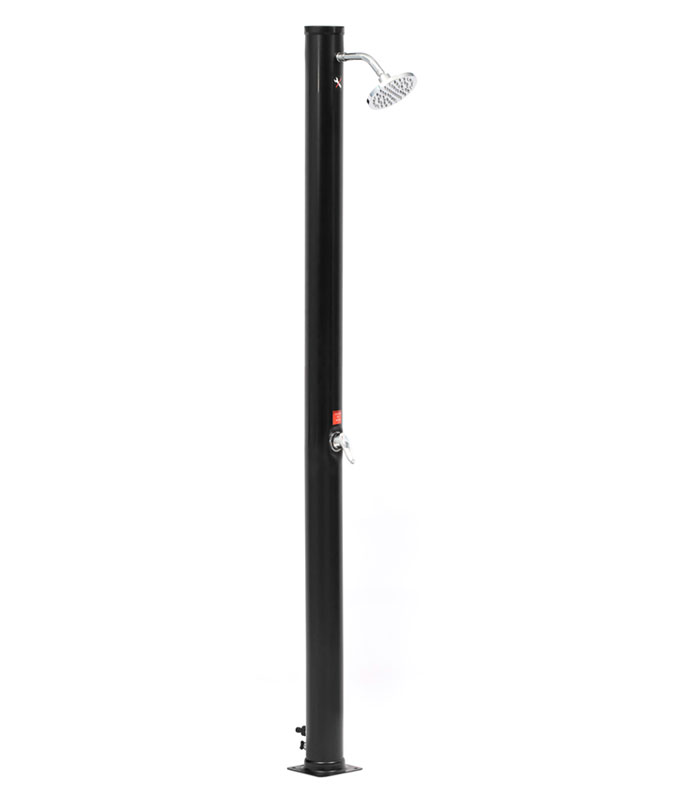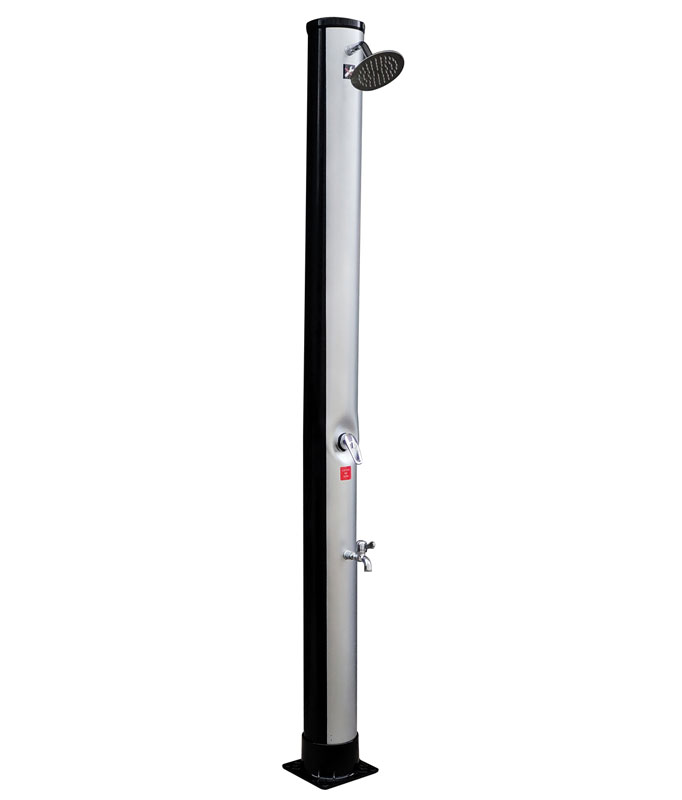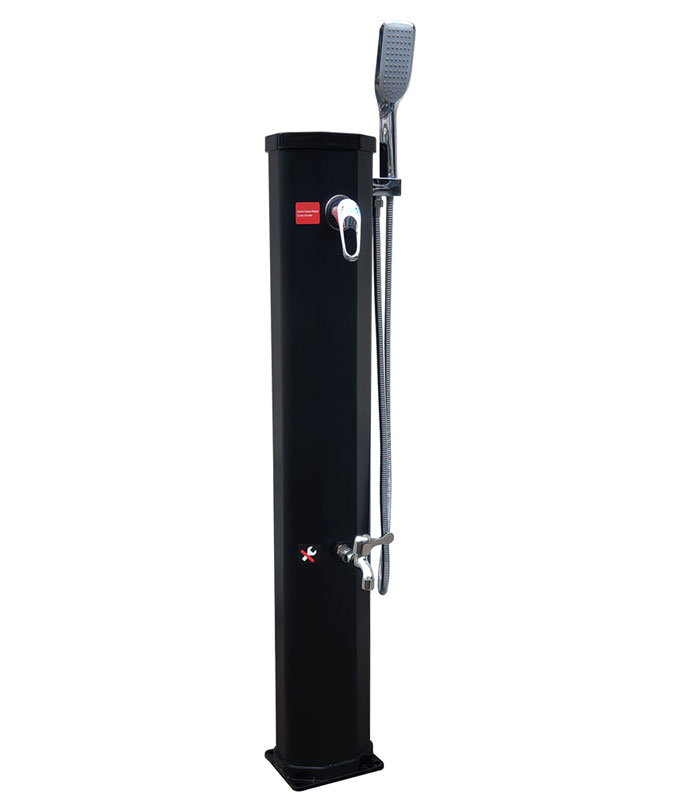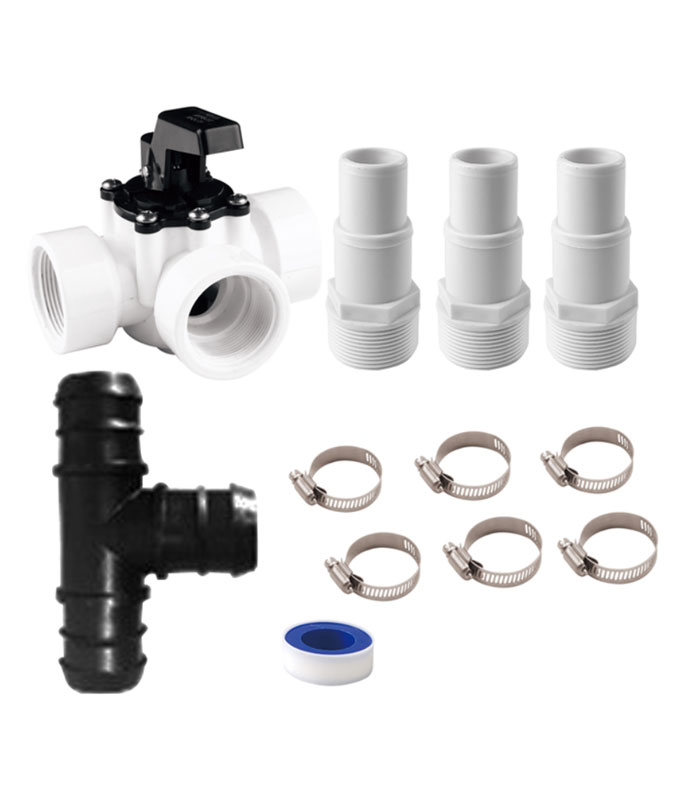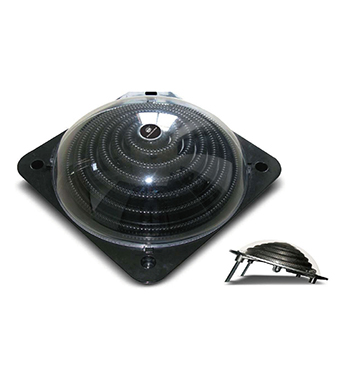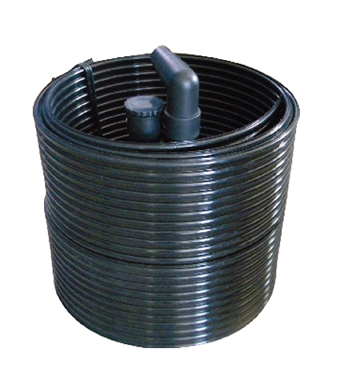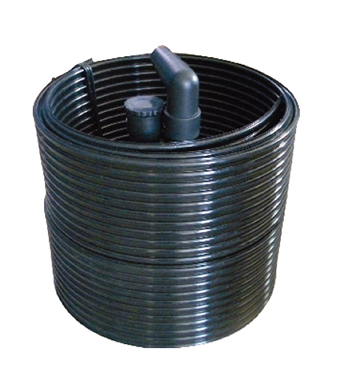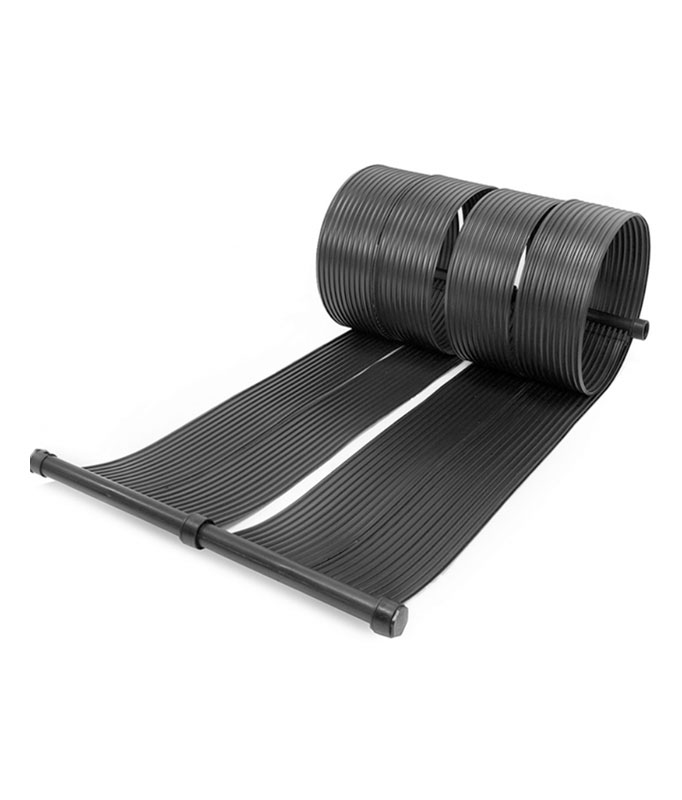Taking care of your robotic pool cleaner doesn’t have to be a chore. Just 10 minutes of daily maintenance can keep it running like new. Simple tasks like cleaning filters or checking for debris can make all the difference. The failure rate of the robot swimming pool cleaner has been reduced: 10-minute maintenance everyday proves it works! For more pool care tips, check out the AquaJack 900 solar-powered robotic pool skimmer here: https://www.cnpoolstar.com/product/aquajack-900-solar-powered-robotic-pool-skimmer-442.html.
Key Takeaways
- Use 10 minutes daily to clean filters and check cables. This helps your robotic pool cleaner work well.
- Spot problems early by listening for strange sounds or odd movements. This can save you money on repairs.
- Keep your cleaner in a dry, shaded spot when not in use. Check it carefully before storing it for a long time to make it last longer.
The Failure Rate of the Robot Swimming Pool Cleaner Has Been Reduced: 10-Minute Maintenance Everyday
Keeping your robotic pool cleaner in top shape doesn’t have to be complicated. With just 10 minutes of daily care, you can ensure it runs smoothly and lasts longer. Let’s dive into the simple steps you can follow every day to reduce breakdowns and keep your pool sparkling clean.
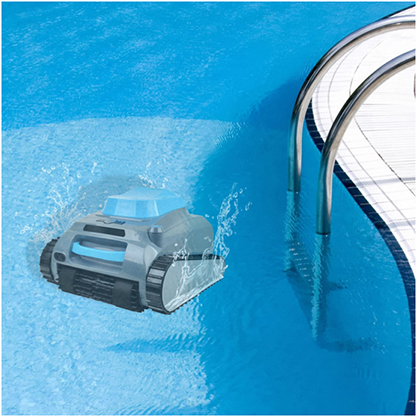
Clean the filter basket and panels after every use
After each cleaning session, the filter basket and panels collect dirt, leaves, and other debris. If you leave this debris inside, it can clog the system and reduce performance. Take a moment to remove the filter basket, empty it, and rinse it with a hose. This quick step ensures your cleaner is always ready for the next job.
Tip: A clean filter improves suction power and helps your cleaner work more efficiently.
Inspect the power cable for tangles, kinks, or damage
The power cable is like the lifeline of your robotic pool cleaner. Over time, it can develop tangles or kinks, which might affect its movement. Before storing the cleaner, check the cable for any twists or signs of wear. If you notice damage, address it immediately to avoid electrical issues.
Pro Tip: To prevent tangling, let the cable float freely during operation and coil it properly after use.
Check for debris or blockages in the cleaner’s moving parts
Your robotic cleaner’s wheels, brushes, and tracks can get jammed with small debris. This can cause uneven movement or even stop the cleaner from working altogether. Take a few seconds to inspect these parts and remove any visible obstructions.
Why it matters: Blockages can strain the motor, leading to costly repairs. A quick check can save you time and money.
Rinse the cleaner with fresh water to remove chemicals and dirt
Pool water contains chemicals like chlorine that can build up on your cleaner over time. After each use, rinse the entire unit with fresh water to wash away these residues. This simple step prevents corrosion and keeps your cleaner looking and functioning like new.
Note: Avoid using harsh cleaning agents. Fresh water is all you need to maintain your cleaner’s exterior.
Ensure no water is left inside the cleaner after use
Water trapped inside the cleaner can lead to mold growth or damage to internal components. After rinsing, tilt the cleaner to drain any remaining water. Let it air dry before storing it.
Quick Reminder: A dry cleaner is a happy cleaner! This step is especially important if you’re storing it for an extended period.
By following these steps, you’ll notice how the failure rate of the robot swimming pool cleaner has been reduced: 10-minute maintenance everyday truly works wonders. These small efforts go a long way in keeping your cleaner efficient and reliable.
Quick Problem Identification and Prevention
Even with daily maintenance, your robotic pool cleaner might show signs of trouble. Catching these issues early can save you from expensive repairs. Here’s how you can quickly identify and prevent common problems.
Look for reduced suction or cleaning performance
If your cleaner isn’t picking up debris as well as it used to, it’s time to investigate. Reduced suction often points to a clogged filter or blocked intake. Check the filter basket and panels first. If they’re clean, inspect the intake ports for any obstructions.
Tip: Regularly cleaning the filter ensures strong suction and keeps your cleaner running efficiently.
Listen for unusual noises during operation
Your robotic pool cleaner should operate quietly. If you hear grinding, clicking, or other strange sounds, something might be wrong. These noises could mean debris is stuck in the moving parts or that the motor is struggling. Turn off the cleaner and inspect it carefully.
Why it matters: Ignoring unusual sounds can lead to motor damage, which is costly to repair.
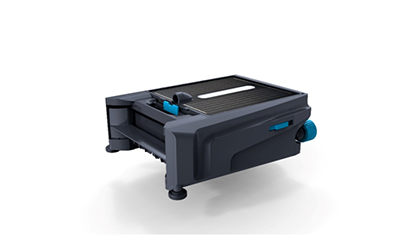
Watch for erratic movements or uneven pool coverage
Does your cleaner seem to wander aimlessly or miss spots in your pool? Erratic movements often indicate an issue with the wheels, tracks, or brushes. Debris might be jamming these parts, or they could be worn out. Take a moment to inspect and clean them.
Pro Tip: Keep an eye on your cleaner’s movement patterns. Consistent coverage means it’s working as it should.
Limit usage to three cleaning sessions per week to reduce wear and tear
It’s tempting to run your robotic cleaner every day, especially during pool season. But overuse can wear out its components faster. Limiting usage to three times a week strikes a balance between keeping your pool clean and extending the cleaner’s lifespan.
Remember: The failure rate of the robot swimming pool cleaner has been reduced: 10-minute maintenance everyday, but overuse can still lead to problems.
By staying alert to these signs, you can prevent small issues from turning into big headaches. A little attention goes a long way in keeping your robotic pool cleaner in top shape.
Proper Storage and Seasonal Care
Taking care of your robotic pool cleaner doesn’t stop after daily maintenance. Proper storage and seasonal care play a big role in keeping it in top condition. Here’s how you can store your cleaner the right way and prepare it for the off-season.
Store the cleaner in a dry, shaded area away from direct sunlight
Direct sunlight can damage your cleaner’s plastic components and fade its exterior. Find a cool, shaded spot to store it when not in use. A garage, shed, or covered patio works well. Keeping it dry also prevents rust and mold buildup.
Tip: Avoid leaving your cleaner outdoors for extended periods. Exposure to the elements can shorten its lifespan.
Coil the power cable properly to avoid tangling or kinks
A tangled or kinked cable can lead to performance issues. After each use, coil the cable neatly in loops. Don’t wrap it too tightly, as this can cause stress on the wires.
- Steps to coil properly:
- Hold the cable at one end.
- Create loose loops about 12 inches in diameter.
- Secure the loops with a twist tie or Velcro strap.
Why it matters: A well-coiled cable stays functional and lasts longer.
Use a protective cover or storage caddy during long-term storage
If you’re not using your cleaner for weeks or months, give it extra protection. A storage caddy or cover shields it from dust, moisture, and accidental bumps. These accessories are affordable and easy to find online or at pool supply stores.
Pro Tip: Look for covers made from waterproof material for added protection.
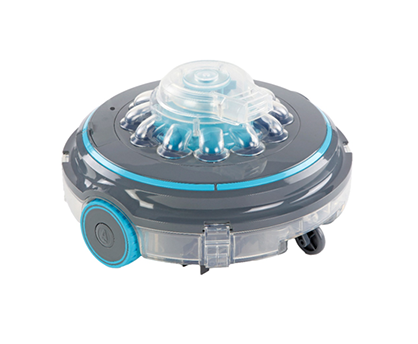
Perform a thorough inspection before storing for the off-season
Before packing your cleaner away for winter, check it from top to bottom. Look for worn-out brushes, damaged cables, or loose screws. Clean the filter basket and rinse the unit one last time. Fix any issues now to avoid surprises when pool season returns.
Quick Reminder: A little prep now saves you time and hassle later.
By following these storage tips, you’ll keep your robotic pool cleaner safe and ready for action. Proper care ensures it stays reliable for years to come.
Taking care of your robotic pool cleaner doesn’t have to be complicated. Simple tasks like cleaning the filter and checking cables can make a big difference.
- Daily maintenance keeps it running smoothly.
- Early issue detection prevents costly repairs.
- Proper storage ensures long-term reliability.
Just 10 minutes a day keeps your cleaner efficient and your pool sparkling!
FAQ
How often should I clean the filter basket?
You should clean the filter basket after every use. This keeps your robotic pool cleaner running efficiently and prevents clogs that could reduce its performance.
Tip: A clean filter means better suction and faster cleaning!
Can I leave my robotic pool cleaner in the pool all the time?
No, it’s best to remove it after each use. Prolonged exposure to pool chemicals can damage its components and shorten its lifespan.
Note: Always rinse it with fresh water before storing.
What should I do if my cleaner stops moving?
Check for debris in the wheels or tracks. If they’re clear, inspect the power cable for damage or tangles. Addressing these issues often resolves the problem.
Pro Tip: Regular maintenance prevents most movement issues.

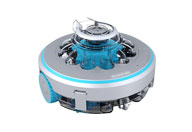 Robotic Pool Cleaner
Robotic Pool Cleaner 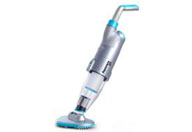 Portable Pool Vacuum Cleaner
Portable Pool Vacuum Cleaner 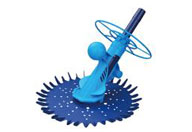 Automatic Pool Cleaner
Automatic Pool Cleaner 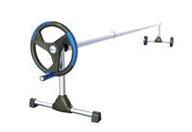 Pool Cover Reel
Pool Cover Reel 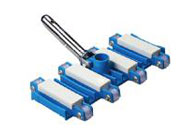 Pool Cleaning Accessories
Pool Cleaning Accessories 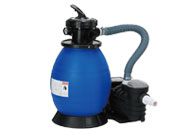 Pool Filter Pump
Pool Filter Pump 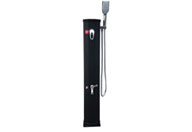 Pool Solar Shower
Pool Solar Shower 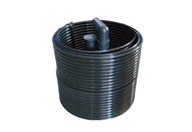 Pool Solar Collector
Pool Solar Collector 